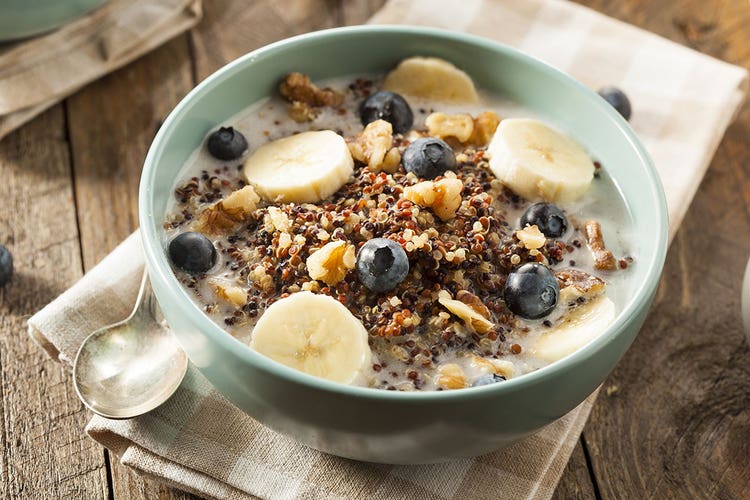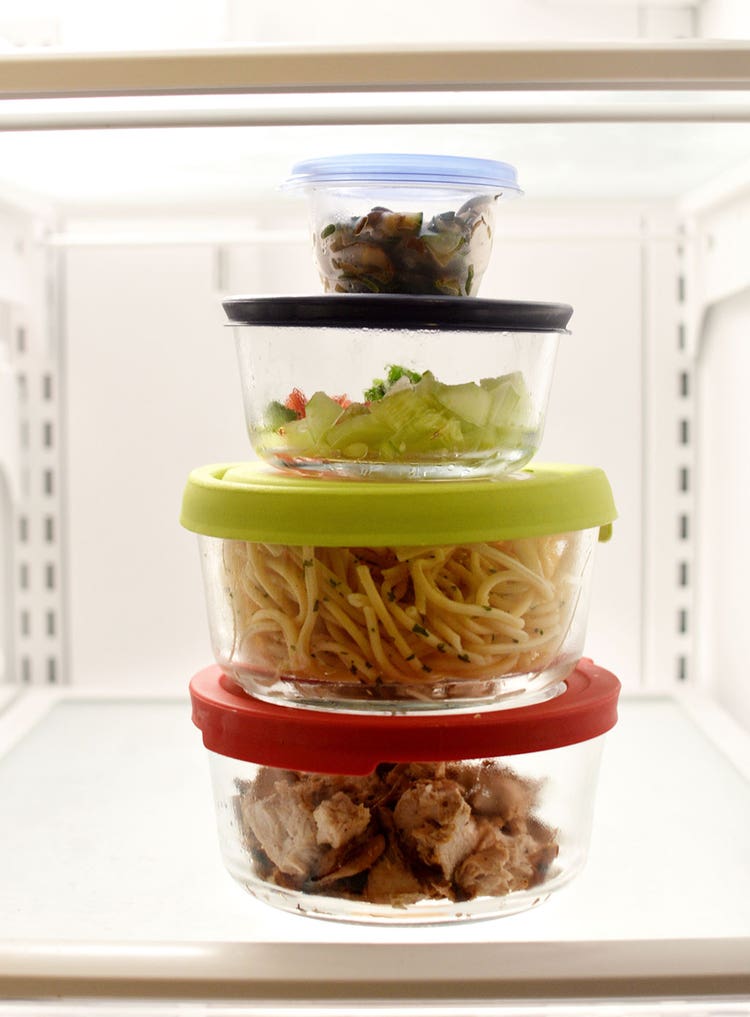Your Year of Nutrition in Review

How to look backward and move forward—healthfully.
Heaping platters of mini quiches, your aunt’s butter cookies, sugary cocktails. The holidays can seem like a minefield, replete with obstacles working against our healthy eating goals. At the same time, there’s opposing pressure to later atone for our decadence, and adopt intimidatingly stringent resolutions.
How should we navigate such a contradictory season? Dr. Mark Hyman, author of Eat Fat, Get Thin (Little, Brown and Company, 2016), advises at the end of the year, take time to evaluate your past eating habits without beating yourself up. “Too much stress,” he says, “is damaging to the body and does not make setting goals fun or nourishing.” While reflecting, journal, breathe deeply, and meditate to set your goals “from a relaxed rather than an anxious state, so you will be more likely to stick with them.”
Take stock

To encourage deep insights, ask yourself the questions below, suggests Dr. Dawn MacLaughlin, Ph.D., CHC. Engaging in this exercise “can be a huge step in making lasting changes. You’ll know where you are starting from, and will start to focus in on the issues that are important,” she says.
- Which foods give you energy?
- Which foods take energy away?
- Which foods do you feel you can’t live without?
- Which foods do you absolutely not like?
- What is your hunger pattern?
- Are you hungry when you wake up in the morning?
- What other times of day do you tend to get hungry?
Also take a moment to consider how your body is feeling, which could indicate eating habits inconsistent with your health. Common symptoms of a problematic diet include constipation, gas and bloating, skin rashes, fatigue, acid reflux, congestion, and even joint and muscle pain.
That said, both Karen R. Koenig, M.Ed., LCSW and Dr. Caroline Cederquist recommend evaluating eating patterns more than once a year. “Better to reflect on the changes that need to be made and start immediately,” says Koenig. “Waiting only reinforces the idea that we’re putting off something we don’t wish to do.”
Doable resolutions

Once you’ve looked at your past habits, try devising a doable resolution. Dr. Susan Blum, author of “Healing Arthritis,” recommends choosing to change only one habit at a time. This can center on how or where you eat (for instance, in front of the TV), what you eat (for example, too much white bread and pasta), when you eat (for example, five times a day, including at midnight), and why you eat (for instance, when feeling lonely). A goal could be to cut out the midnight snack or switch from white bread to 100 percent whole wheat bread. Other objectives might involve drinking eight glasses of water per day or exercising for at least 150 minutes per week, suggests Cederquist.
To motivate yourself to make a change, use positive messaging instead of shaming yourself into adhering to a strict regimen, says Koenig. “The goal is to help increase people’s desire to take better care of and feel proud of themselves,” she asserts.
Kitchen makeover

“If you’re hungry or in a food emergency, it’s hard to stay on track,” Hyman notes. He suggests giving your kitchen a makeover to set yourself up for success. “It’s hard to make the time to eat well when you have easily accessible junk foods still in the kitchen. I recommend tossing this stuff out.” Next, stock your fridge and pantry with healthy options, such as nut butters, grass-fed meats, and nourishing snacks.
Meanwhile, don’t forget sleep and stress management, emphasize Dr. Jennifer Stagg and MacLaughlin. “If you are not getting seven or eight hours of sleep per night and not dealing with stress, it will be very difficult to maintain a healthy diet and exercise program. Incorporating meditation, gratitude practice and connecting with other people are all part of a healthy lifestyle,” says Stagg. MacLaughlin advises against over-scheduling, allowing yourself time to breathe and exercise. Sounds like the perfect holiday present to give yourself.
Photo credit: Brent Hofacker, Adobe Stock; WavebreakmediaMicro, Thinkstock; Jill Chen, Stocksy; melissabrock1, Thinkstock